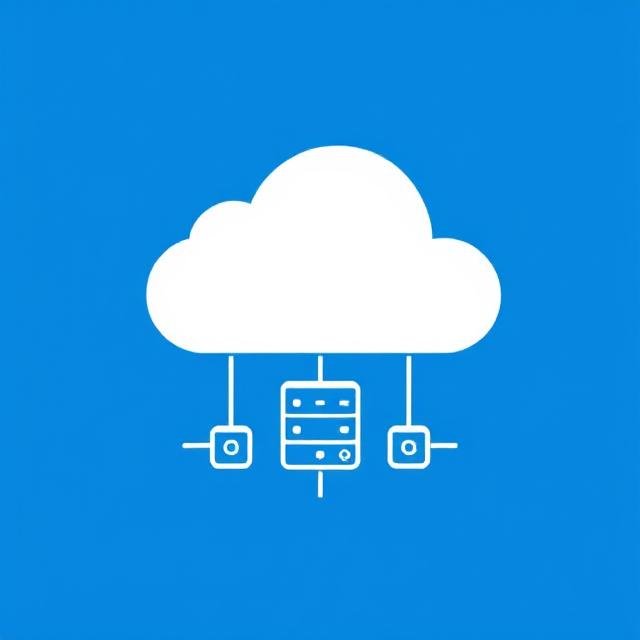Credential Theft: A Growing Threat to Online Security

Credential Theft: A Growing Threat to Online Security
Credential theft has reached an all-time high and is now the leading cause of data breaches. With businesses increasingly relying on cloud-based systems, a single compromised password can provide cybercriminals with access to sensitive data, business processes, and even entire networks.
Once logged in—especially with admin privileges—attackers can:
- Send phishing emails from your company account to employees and customers.
- Encrypt your cloud data with ransomware and demand hefty ransoms.
- Steal confidential information for financial gain or corporate espionage.
To combat this growing threat, multi-factor authentication (MFA) has emerged as one of the most effective security measures. MFA adds an additional layer of protection beyond just a username and password, making it significantly harder for attackers to breach accounts—even if they have stolen valid credentials.
What Are the Three Main Methods of MFA?
When implementing multi-factor authentication (MFA) in your business, it’s crucial to understand the differences between the three main methods. Not all MFA solutions are created equal—some prioritize security, while others focus on convenience. Let’s break down each method and explore their strengths and weaknesses.
1. SMS-Based MFA
SMS-based MFA is the most widely recognized form of multi-factor authentication. It uses text messages to deliver a time-sensitive code to the user’s mobile phone during login.
- How It Works :
- Users enter their phone number when setting up MFA.
- During login, they receive a text message with a one-time code that must be entered to complete authentication.
- Pros :
- Most Convenient : No new apps or devices are required—users simply receive codes via text.
- Familiar to most people, making adoption easier.
- Cons :
- Least Secure : Vulnerable to SIM-swapping attacks, where hackers clone a SIM card to intercept MFA codes.
- SMS messages can be delayed or fail to arrive due to network issues.
-
Best For : Low-risk accounts where convenience is prioritized over maximum security.
2. On-Device Prompt in an App
This method uses a dedicated authentication app (like Google Authenticator or Microsoft Authenticator) to deliver codes via push notifications or time-based one-time passwords (TOTP).
- How It Works :
- Users download and configure an authentication app during setup.
- At login, they either receive a push notification to approve or retrieve a code from the app.
- Pros :
- More Secure Than SMS : Not vulnerable to SIM-swapping attacks.
- Easy to use once set up, with no need for physical hardware.
- Cons :
- Requires users to install and learn a new app.
- If the user loses their phone or it’s stolen, they may lose access to the app.
- Best For : Everyday use cases where a balance of security and convenience is needed.
3. Security Key
A security key is a physical device (like a YubiKey) that users plug into their computer or mobile device to authenticate.
- How It Works :
- Users purchase and register a security key during MFA setup.
- At login, they insert the key into their device or connect it wirelessly (e.g., via Bluetooth or NFC).
- Pros :
- Most Secure : Completely immune to phishing, SIM-swapping, and malware attacks.
- Automatically handles authentication without requiring users to manually enter codes.
- Cons :
- Less Convenient : Users must carry the key at all times, and losing it can disrupt access.
- Higher upfront cost compared to other methods.
- Best For : High-security environments, such as financial institutions or businesses handling sensitive data.
Which Method Is the Most Convenient?
If user pushback is a concern and you’re looking for the easiest option to adopt, SMS-based MFA is the most convenient. Since most people are already familiar with receiving text messages, there’s no learning curve or additional apps to install.
However, convenience comes at a cost—SMS-based MFA is the least secure method due to vulnerabilities like SIM-swapping and malware attacks.
Which Method Is the Most Secure?
For businesses handling sensitive data or operating in high-risk industries, security keys are the gold standard. These physical devices are immune to phishing and SIM-swapping attacks, ensuring robust protection even if a user’s phone is lost or stolen.
A Google study analyzed the effectiveness of these MFA methods in blocking various types of attacks:
- SMS-based : Blocked 76–100% of attacks.
- On-device app prompt : Blocked 90–100% of attacks.
- Security key : Blocked 100% of all attack types .
Where Does the On-Device App Fit In?
The on-device app prompt strikes a balance between security and convenience. It’s more secure than SMS-based MFA because it avoids vulnerabilities like SIM-swapping, but it doesn’t require carrying a separate physical device like a security key.
While slightly less secure than a security key, it’s a practical choice for organizations seeking strong protection without the added complexity of hardware.
Choosing the Right MFA Method for Your Business
The best MFA solution depends on your organization’s needs:
- For Maximum Security : Use security keys .
- For Convenience : Choose SMS-based MFA (but only for low-risk accounts).
- For a Balance of Both : Go with on-device app prompts .
Let Us Help You Implement MFA
Multi-factor authentication is no longer optional—it’s a critical tool for protecting your business in today’s threat landscape. Whether you’re looking for the most secure solution or need help overcoming user resistance, we can guide you through the process.
Contact us today to discuss your MFA needs and secure your cloud environment effectively!





